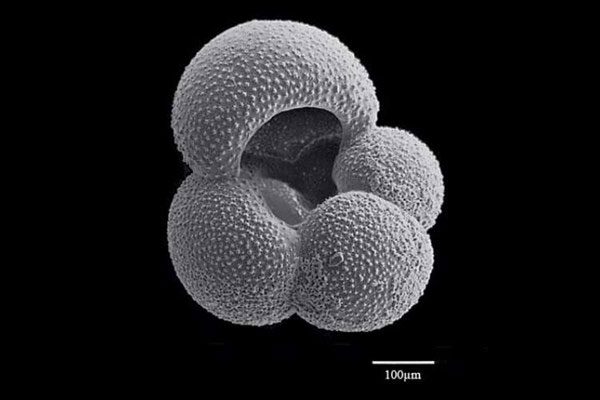Scientists have examined the ancient history of Earth and found that it is critically urgent to take swift action to reduce emissions from fossil fuels.
According to the research team, this action aims to prevent our climate from reaching prehistoric levels of heat.
Through a recent study, an international group of scientists has reviewed the past and provided the most comprehensive historical picture to date of carbon dioxide (CO2) levels on Earth over the past 66 million years.

The history of CO2 on Earth is preserved in fossils and tiny molecules.
This work aims to strengthen our understanding of the relationship between CO2 and climate. At the same time, it shows how much things have truly changed since the last appearance of dinosaurs on our planet.
According to the research team, the current priority is to look towards the future of Earth, as climate change continues to threaten the planet and humanity.
With this research, the scientists have indicated that if fossil fuel emissions are not significantly reduced, Earth will soon reach CO2 levels similar to those of about 50 million years ago.
“If we continue to allow fossil fuel burning, our grandchildren could experience CO2 levels that have not been seen on Earth in about 50 million years. This was a time when crocodiles lived in the Arctic. CO2 has changed the face of our planet before,” said lead researcher James Rae from the School of Earth and Environmental Sciences at the University of St. Andrews in Scotland in a statement.
This researcher warned that if emissions are not cut as quickly as possible, Earth will warm to prehistoric levels. In a study published in the Annual Review of Earth and Planetary Sciences, the team analyzed data collected over the past 15 years. The data was gathered from previous studies, where scientists sampled ancient sediments from the deep ocean floor.
These ancient sediment samples contain fossils and tiny molecules that have accumulated over time. They hold information about past CO2 levels and climate conditions.
By examining this ancient climate history data, the research team was able to determine CO2 levels over time. This allowed them to compare modern CO2 levels with those from prehistoric times. Additionally, it provided predictions about what Earth would look like if extreme climate conditions continue.
“For example, the last time CO2 was as high as it is today, it was enough to melt ice and raise sea levels by 20 meters, warm enough for oak trees to grow in Antarctica,” researcher James Rae stated.


















































